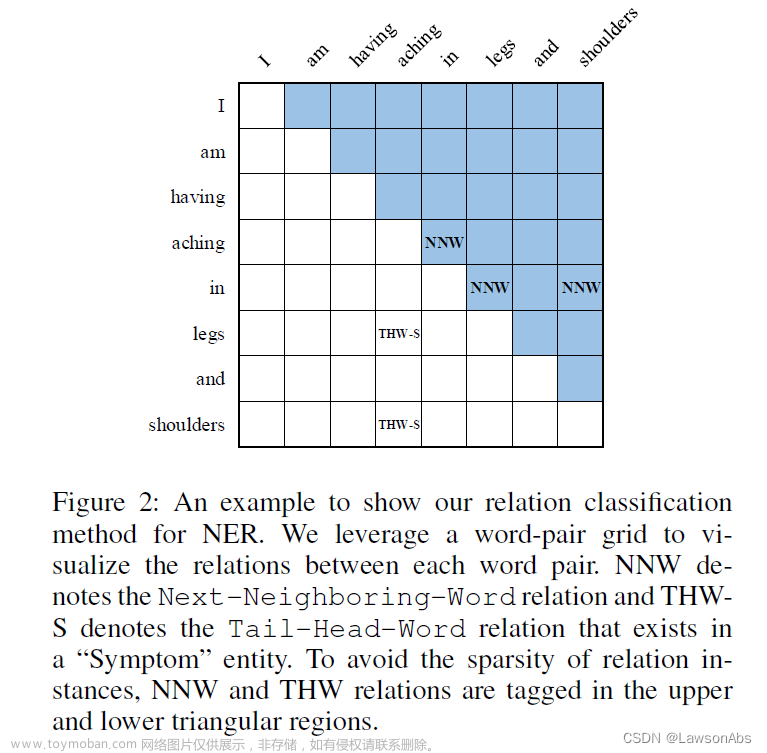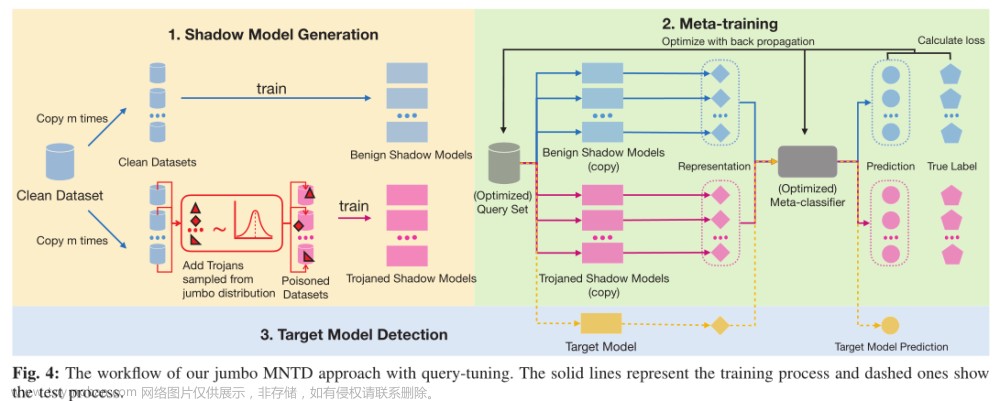Publisher: Energies
Publising Date: 2020
MOTIVATION OF READING: 1. zero-crossing method for data preprocessing. 2. recurrence graph (RG).
1. Overview
Probelm statement: the performance of V–I-based approaches is still unsatisfactory as it is still not distinctive enough to recognize devices that fall into the same category.
Methodology: an appliance recognition method utilizing the recurrence graph (RG) technique and convolutional neural networks (CNNs).
2. Introduction
A V–I-trajectory is obtained by plotting one-cycle steady-state voltage and current.
we propose new feature representation for appliance classification which relies on the recurrence graph (RG), also known as the recurrence plot. The RG analyses signal dynamics in phase–space to reveal the repeating and non-linear patterns and has been used extensively for feature representation in time-series classification problems.
3. Methodology
The proposed approach consists of the following main building blocks; Feature extraction and
pre-processing, WRG generation and the CNN classifier.

3.1 Feature Extraction and Pre-Processing
we measure Ns = 20 cycles of v and i before and after state-transitions of appliance has been detected as shown in Figure.


Then piece-wise aggregate approximation (PAA) is applied to reduce the dimensional of the signal from Ts to a predefined size w with minimal information loss. It works by dividing the data into n segments of equal size, then the approximation is a vector of the median values of the data readings.(lower the resolution)

3.2 Weighted Recurrence Plot (WRG)
The RG feature representation uses a distance similarity matrix Dwxw to represent and visualize
structural patterns in the signal.
Consider Ts points of activation signal x = {x1, x2 . . . xTs}. The distance similarity between xk and xj uses Euclidean norm.

For a classification problem, the compressed distance similarity matrix that represents all
recurrences in the form of a binary matrix RGwxw = [rk,j] is usually used. The rk,j function is defined as follows:

However, binarizing the distance matrix Dwxw through thresholding can lead to information loss and therefore degrade classification performance. Thus in this work, we propose the generation of WRGwxw that goes beyond the traditional binary output.



3.3 Classifier and Training Procedure
The CNN network applied in this work consists of three-stages 2D CNN layers each with 16, 32 and 64 feature maps, 3 x 3 filter, 2 x 1 stride and padding of 1. Each CNN layer is followed by batch normalization (BN) block and Leaky relu activation functions. The final layer consists of one flatten layer and two Fully connected layers (FC) layers.
4. Experiment
 文章来源:https://www.toymoban.com/news/detail-815746.html
文章来源:https://www.toymoban.com/news/detail-815746.html
 文章来源地址https://www.toymoban.com/news/detail-815746.html
文章来源地址https://www.toymoban.com/news/detail-815746.html
到了这里,关于论文阅读 Improved Appliance Classification in NILM Using Weighted RCNN (recurrence graph)的文章就介绍完了。如果您还想了解更多内容,请在右上角搜索TOY模板网以前的文章或继续浏览下面的相关文章,希望大家以后多多支持TOY模板网!














